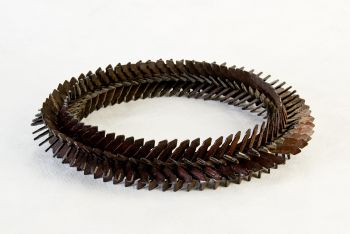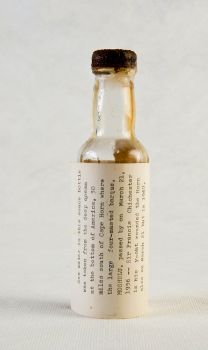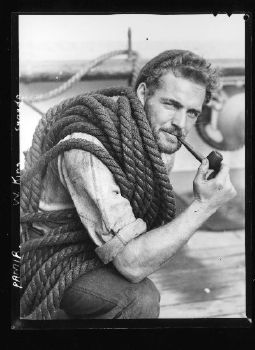The South Australian Maritime Museum preserves the oldest nautical collection in Australia. In 1872 the Port Adelaide Institute began a museum collection to complement its library and its educational and social programs. That collection grew over the following century reflecting the seafarers and the ships that visited Port Adelaide. It is now held in trust at the South Australian Maritime Museum.
The Maritime Museum’s collections ranges from the Port Adelaide Lighthouse that was first lit in 1869 to a plaque that explorer Matthew Flinders left at Memory Cove in 1802 to mark the loss of eight seafarers. It includes figureheads, nautical instruments, bathing costumes, shipwreck artefacts, paintings, models and vessels.
Our scope is the maritime heritage of South Australia from the coast to inland waters. The collection of over almost 20,000 objects and over 20,000 images is at once a window to the heritage of the local community and to the ships of the world.
Back to Collections
The Grain Trade: Windjammers and Cape Horners
In the early 20th century, only a few trade routes remained viable for the world's big sailing vessels. The Australian grain trade was one and it was on this route that Finnish ship-owner Gustaf Erikson made his name. He invested in second-hand barques or windjammers and eventually became the owner of the world's last fleet of commercial sailing ships. The voyages from South Australian wheat ports on the Yorke Peninsula to Europe received much media coverage. In Britain, people bet on which ship would make the fastest voyage of the year, coining the expression 'Grain Races'. The windjammers Passat and Pamir left South Australia's Port Victoria on 28 May 1949 loaded with grain for Europe. They were the last commercial sailing ships to ply one of the world's longest trade routes.




 Visit
Visit